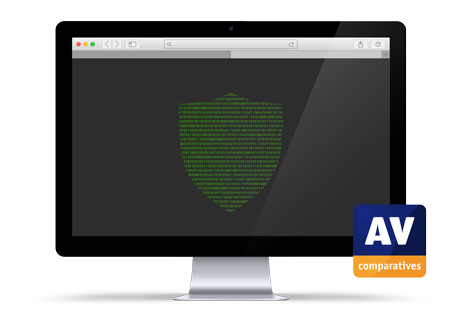Gandalf_The_Grey
Level 78
Thread author
Verified
Honorary Member
Top Poster
Content Creator
Well-known
- Apr 24, 2016
- 6,755
There is a common belief that macOS computers do not need antivirus protection. While it is true that macOS malware is much rarer compared to Windows and Android, there have still been many instances of macOS malware in the wild. Furthermore, Mac security must be considered in the broader context of various types of attacks.
macOS comes equipped with some built-in anti-malware capabilities: Gatekeeper, which warns when non-certified apps are run, and XProtect Remediator, which checks files against known malware signatures and remediates malware infections. These features operate mostly in the background, with occasional configuration options and alerts. System and security updates are automatically installed via the macOS update process. Other security features are included which harden the system: Sandboxing isolates apps from critical system components, user data, and other apps, limiting the damage they can do. File Vault encrypts the hard drive to protect the data from unauthorised access. Since macOS 10.15 (Catalina), apps need explicit permission to access user files and other sensitive information, such as the camera and microphone. Additionally, macOS separates system files and user data on different disk volumes, making it harder for malware to cause system issues.
The effectiveness of Apple’s built-in anti-malware features is sometimes questioned. Some security experts recommend adding a third-party antivirus solution for several reasons: Apple’s approach might be adequate for well-established malware but might not respond quickly enough to emerging threats, third-party solutions offer deeper malware analysis and cover a wider range of threats, and macOS is not immune to bugs. Although the likelihood of harmful apps entering the App Store is low, any app that bypasses Apple’s review process could have serious implications for Mac users, as macOS built-in protections would recognise it as safe by design. Some antivirus programs for macOS can also detect malware targeting other operating systems, such as Windows and Android. This is beneficial in scenarios where malware might be transferred between systems via an USB stick, even if the Mac itself is not at risk. Additional features, such as web protection and network monitoring, can help identify phishing websites. Mac users are just as susceptible to phishing as Windows users since phishing deceives users rather than operating systems. VPN capabilities can be useful when using the Mac in untrusted environments, such as public Wi-Fi networks at Internet cafés or airports.
Experienced and responsible Mac users who are cautious about which programs they download/install and from where, might reasonably argue that they are not at high risk for Mac malware. However, non-expert users, children, and those who frequently try new software could benefit from additional security software on their Macs.
The market for macOS anti-malware products is limited due to the smaller threat landscape compared to Windows. However, our annual Mac testing shows that evaluated vendors are committed to threat research and continuous product improvement, providing effective security solutions against evolving threats. We strongly encourage other security vendors to actively participate in third-party tests to ensure their products meet current standards and expectations. For those worried that third-party security software might slow down their Mac, our tests found no significant performance reduction with any reviewed programs.

Mac Security Test & Review 2024
We have reviewed and tested eight security solutions on Apple's macOS Sonoma. Read our Mac Security Test & Review to see which security solutions have been approved.
 www.av-comparatives.org
www.av-comparatives.org
